Category: Health and Nutrition
-
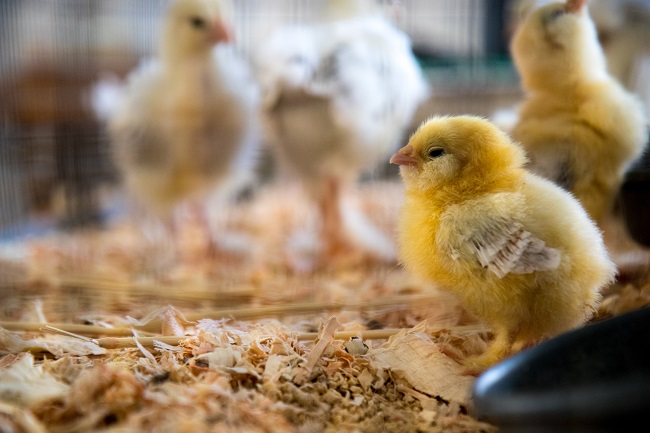
How to Care for Baby Chicks
The main things to attend to for the first 60 days of a chicks’ life are housing, temperature, food and water, cleanliness. Chicks should be kept indoors (or in a heated brooder) until they have their feathers, which appear at about 5-8 weeks. The chicks’ first home is called a “brooder”. For one-time or once-in-a-while […]
-
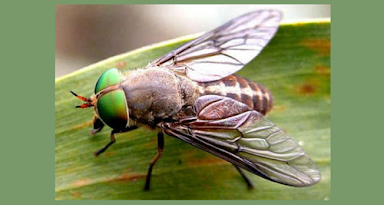
Flies – Know Your Enemy
Brought to you by ARBICO Organics As summer is fast approaching, I thought a fly tutorial might be helpful. As you make your summer plans, you may want to prepare for the arrival of these pests as well. After all, According to this article, there are 17 million flies for each human being and there are […]
-

3 Ways CBD Can Help You
There are three main ways to receive beneficial properties from CBD: inhalation (smoking), ingestion (through edibles and pills), and by topical application (creams, balms, and salves). This article will focus on the benefits of applying CBD topically. However, it’s important to know that no method is superior. Each method of application – inhalation, ingestion, and […]
-
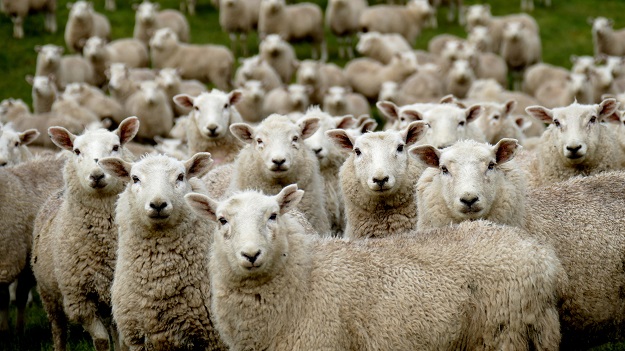
How to Prepare Sheep for Healthy Lambing and Kidding
What’s happening during the last 4 to 6 weeks of pregnancy? Seventy (70) percent of fetal growth occurs during the last 4 to 6 weeks of pregnancy. Most of the female’s mammary (udder) growth is occurring during this period. At the same time, rumen capacity is decreasing. The result is the need for increased nutrition, […]
-

Having A First Aid Kit for Your Pet is a Must
Here is a list of items every pet owner should have at hand for their pet first aid kit. The kit itself can be stored in a waterproof pouch if kept on a boat and in a small toolbox or other kind of box in the house. A small version can even be kept in […]
-
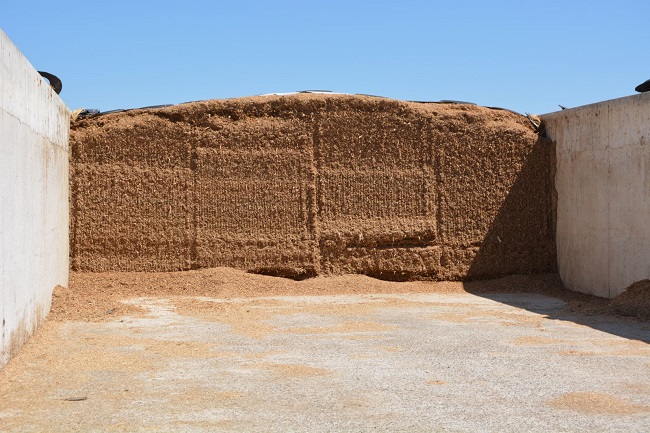
Do Silage Inoculants Survive the Ensiling Process?
Enterococci are a group of bacteria with similar characteristics to streptococci. Very hardy bacteria, enterococci can survive harsh environmental conditions. These organisms can cause mastitis, like streptococci do, but unlike streptococci, are also used as silage inoculants. Based on this knowledge, we were curious as to whether these bacteria could also survive the ensiling process. […]
-
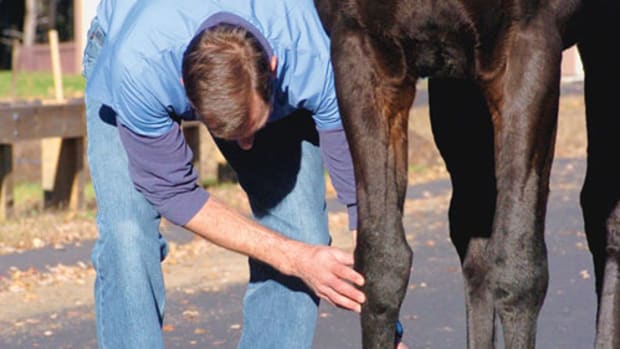
DIY Nutritional Supplements & Health Care for Horses
These recipes have been passed on by other horsemen, but please use common sense and consult a veterinarian before trying and using any of these or other homemade recipes and cures that you find. Electrolytes for Energy Boost Ingredients 6-ounce container of table salt. 1 ounce container Morton Lite Salt 2 tablespoons Epsom salts Mix […]
-
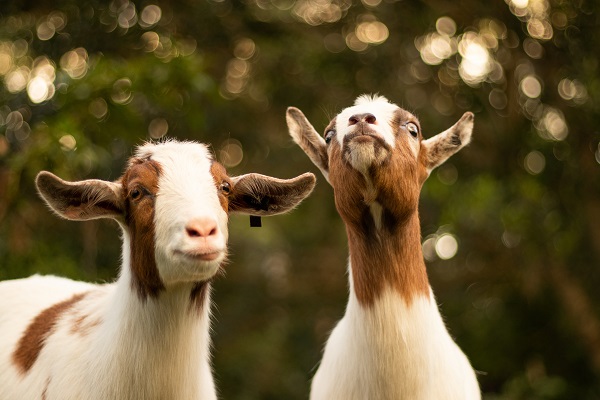
How to Recognize and Prevent Impending Health Problems in Goats
Here are a few basics that can help you recognize an impending health problem in a goat. A timely observation might help save a life. First and foremost, is the animal cudding? This is critical. A healthy animal will be relaxed and working that cud. Can you see that rumen working? This, too, is important. […]
-

10 Toxins To Keep Out of Your Dog’s Reach
The ASPCA Animal Poison Control Center recently released a list of the ten most common poisons that dogs ingest. What is immediately striking about the list is how ordinary each of the poisons are. The list is a reminder that it is important to keep medications and potentially toxic items locked up or stored safely […]
-

How to Identify and Treat Arthritis in a Dog
As Fido rolls out of bed in the morning, you may not hear moans and groans, but other signs of arthritis may be lurking such as being stiff to rise or having difficulty going up stairs. Pfizer Animal Health studies estimate that 1 in 5 dogs will suffer from the disease, but only 50 percent […]